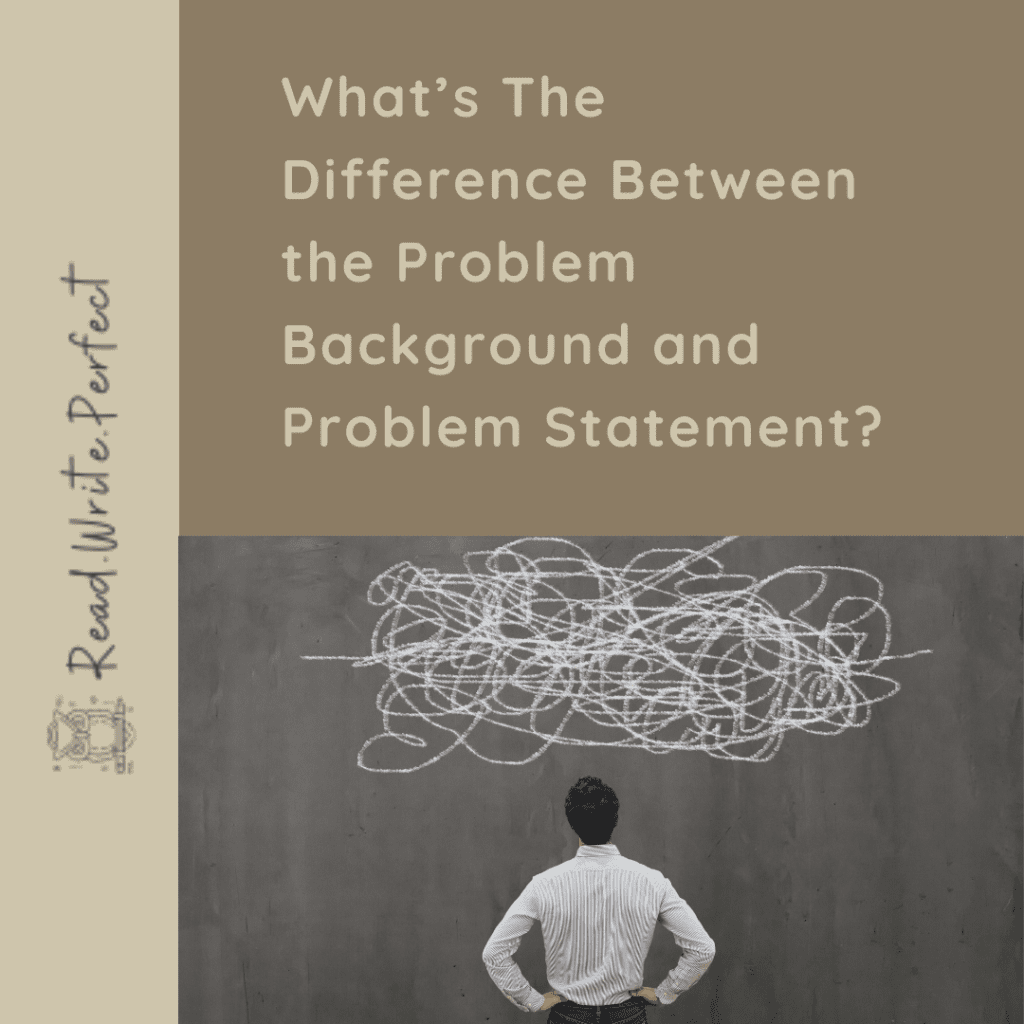
However, many students struggle to understand the difference between these two sections.
The result is a poorly organized introduction that is difficult for a reader to follow. Here’s a quick and easy guide to telling these two sections apart.
Let’s imagine your study is on the efficacy of lowering the legal drinking age. Before your reader can understand your study, they need some basic information, such as the current drinking age, the legislative history of underaged drinking, and the effects of alcohol on young people’s health.
This information sets the stage for your study. However, it’s big-picture stuff – you won’t be tackling all of it in your study, with your data.
For example, in our hypothetical drinking age study, we might be trying to solve the problem of underaged college binge drinking at parties. To establish that this really is a problem, we need present readers with information like the number of hospitalizations, arrests, expulsions, and so on, of drunk underaged college students.
As you can see, this information is much more specific to the problem than the information about the general context.
First, brainstorm the problem and create outline sections based on the elements of the problem you identify. These are the “problem statement” section.
Then, zoom out—what do you need to know to understand those elements? Brainstorm again—these ideas become the sections of your “background of the problem” section.
Still not sure? Ask yourself a) is this a problem, and b) will my data directly help solve this problem? If the answer is yes to both questions, the item belongs in your problem statement. If the answer is no to either question, then it’s probably part of the background to the problem.
Want to find out more about how a dissertation coach can help you with writing and organization? Sign up for a free session today and get three actionable next steps for your project.
